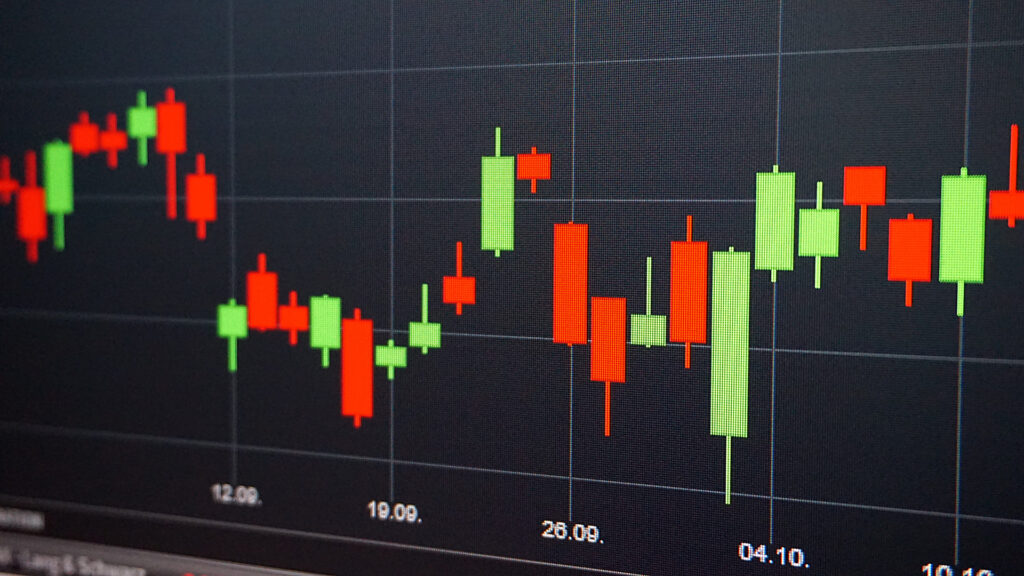A decrease in the presence of bears within the stock market may render US equities more susceptible to market shocks.
A shift from various indicators that initially indicated potential upside for US stocks this year has transitioned into a more neutral outlook, potentially exposing equities to turbulence stemming from a recent surge in bond yields and concerns about China’s economic state. Investors have noted that some contrarian indicators, used to gauge market sentiment, now suggest a more moderate stance, which could impact trading decisions.

At the beginning of the year, metrics like stock positioning and cash allocations displayed significant bearish sentiment, reflecting investors’ pessimism following a harsh sell-off in 2022 and predictions of a later-year recession. However, a resilient economy and diminishing inflation prompted investors to become more active, fostering risk appetite and leading to a nearly 14 percent increase in the S&P 500 this year. Consequently, there appears to be less sidelined cash available for further gains and a reduced number of skeptical investors to win over.
Although bearish positioning significantly boosted risk assets in the first half of 2023, this effect is now less pronounced in the second half, according to strategists at BofA Global Research. Their survey of fund managers revealed that cash allocations dropped to 4.8 percent in August, the lowest level in 21 months, causing their “cash rule” indicator (which indicates “buy” when allocations exceed 5 percent) to shift to “neutral.” The survey also indicated that fund managers are the least bearish they’ve been since February 2022. Retail investors’ bearishness, meanwhile, has reduced to half the levels seen in September 2022, as per the AAII Sentiment Survey.
Willie Delwiche, a strategist at Hi Mount Research, commented, “We saw it quickly go from too much pessimism to excessive optimism, and now we are starting to see that roll over.”
Investors are eagerly anticipating insights from the Federal Reserve’s annual symposium in Jackson Hole, Wyoming, at the end of the following week, hoping for a better understanding of the central bank’s intended interest rate duration. While the surge of optimism that boosted stocks is currently being tested, it’s uncertain whether investors will perceive the declines as an opportunity to buy at a lower cost or a signal to reduce their stock holdings.
The S&P 500 has declined by over 5 percent from its late July peak, while yields on the benchmark US 10-year Treasury reached their highest level since October on Thursday. Elevated Treasury yields, backed by the US government and seen as almost risk-free, can detract from stocks’ attractiveness, particularly given their historically high valuations. Concurrently, concerns over China’s deteriorating property crisis and its implications for the country’s weakening economy have intensified following China Evergrande Group’s recent filing for US bankruptcy protection.
Quincy Krosby, chief global strategist at LPL Financial, remarked that the market is currently susceptible due to the surge in bond yields and apprehensions about potential contagion in the Chinese property sector. She anticipates ongoing stock volatility until third-quarter earnings announcements in October. If the market stabilizes, investors are likely to allocate more cash to stocks later in the year.
While optimism has grown, it remains short of extreme, and cash levels are still above historical lows. Bullish investors have gained confidence from signs indicating that the US economy will likely avoid a recession this year, despite cooling inflation and the Federal Reserve’s limited interest rate hikes. Steve Chiavarone, senior portfolio manager at Federated Hermes, has increased allocations to sectors like energy and materials in anticipation of further economic expansion. He noted that historically, the S&P 500 has gained an average of 14 percent during pauses in Fed tightening. In his view, the time for a bearish stance is not now.